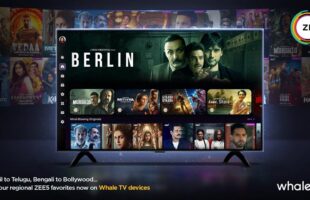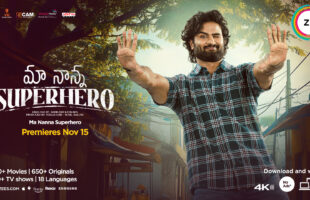Branded content made its foray into television during the U.S soap operas of the 1930s, but today it is much more sophisticated thanks to a rapidly shifting digital world, advertisers’ desire to engage with an increasingly fragmented audience and their enthusiasm for reality TV. While still highly effective, it is becoming barely enough these days to just air a television commercial (TVC) in the hope viewers see, and more importantly connect, with it. The rise of personal video recorders (PVRs), the increased popularity of online catch-up services, which have little or no advertising, and new mobile phone content mean one thing: the consumer is more in control of the content they view, when they view it and whether or not they bother to watch advertisements at all. Advertising is still the lifeblood of most networks however, so it makes sense broadcasters and channels have had to revise their strategies to make up for viewers turning away or switching off from traditional television-based entertainment. Branded content is seen as a way for networks to not only keep advertisers but to get more money out of them. “It is a way for marketers to stand out from the advertising clutter, and so such branded content is considered by many networks as premium advertising, which in turn commands a higher revenue commitment,” says Germaine Ng Ferguson, general manager for advertising sales at Singapore-based media group StarHub. “It also translates to a much better yield for the broadcast network as production costs are often fully funded by the advertisers.” But advertisers must take care in this brave new world. This shift from simply making ads to funding an entire episode, or series for that matter, can be detrimental to the brand if care is not taken with the actual content it is being aligned with. Like capitalism and socialism, branded content works best not in its purest form, but rather as a melding of the two concepts of quality content and pushing of a brand’s message. 




Subsribe to Our News Letter
Subscribe To Our Newsletter
Signup here to get the latest news and updates.
By submitting this form, you are consenting to receive marketing emails from: . You can revoke your consent to receive emails at any time by using the SafeUnsubscribe® link, found at the bottom of every email. Emails are serviced by Constant Contact







